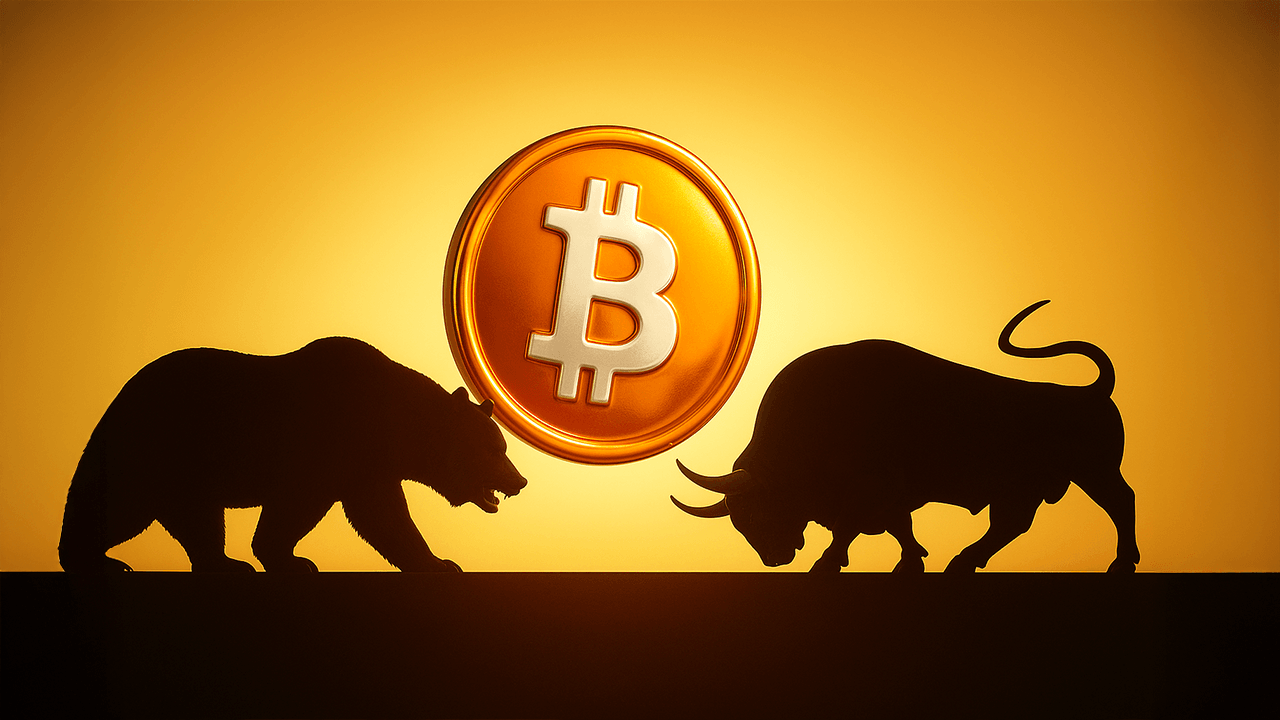Decoding Robert Kiyosaki’s Economic Warnings: A Critical Analysis
The Man Behind the Predictions
Robert Kiyosaki, a name synonymous with financial education, has built a reputation on challenging conventional financial wisdom. His bestselling book *Rich Dad Poor Dad* introduced millions to alternative perspectives on money management. Now, Kiyosaki’s warnings about the economy have grown increasingly urgent, painting a picture of impending financial collapse. His predictions, while controversial, have sparked important conversations about the stability of our financial systems and the role of alternative assets in protecting wealth.
The Federal Reserve Under Fire
Kiyosaki’s most provocative claims center around the Federal Reserve, which he suggests is on the brink of failure. His arguments against the Fed’s policies are rooted in a deep skepticism of fiat currency and the central bank’s ability to manage economic crises.
The Fiat Currency Dilemma
At the core of Kiyosaki’s critique is the Fed’s reliance on fiat currency—money not backed by physical commodities like gold. He argues that this system allows the Fed to print money indiscriminately, leading to inflation and eroding the value of savings. Kiyosaki’s characterization of the U.S. as the “biggest debtor nation in history” underscores his belief that the current monetary system is fundamentally flawed and unsustainable.
The Alleged Treasury Bond Auction Failure
One of Kiyosaki’s most striking claims is that a recent U.S. Treasury bond auction failed, forcing the Fed to purchase $50 billion of its own bonds to prop up the market. He interprets this as a sign of systemic collapse, suggesting that the Fed’s interventions are no longer sufficient to maintain stability. While this claim has not been universally verified, it reflects Kiyosaki’s broader narrative of a financial system in crisis.
The Crypto and Precious Metals Lifeline
In response to what he sees as a failing financial system, Kiyosaki advocates for a strategic shift toward alternative assets, particularly Bitcoin, gold, and silver. His reasoning is rooted in the belief that these assets can act as hedges against inflation and economic instability.
Bitcoin: The Decentralized Safe Haven
Kiyosaki views Bitcoin as a critical component of a resilient investment portfolio. Unlike fiat currencies, Bitcoin is decentralized and not subject to the whims of central banks. He argues that as the Fed continues to print money, the value of Bitcoin will rise, making it an essential hedge against inflation. His advocacy for Bitcoin is not without merit, as the cryptocurrency has demonstrated remarkable resilience and growth over the past decade.
The Timeless Appeal of Gold and Silver
While Bitcoin represents the future of finance, Kiyosaki also emphasizes the enduring value of gold and silver. He notes that silver, in particular, is significantly undervalued compared to its historical peaks. As inflation rates climb, he believes that precious metals will retain their worth, providing a stable store of value during economic downturns. His diversified approach to investing reflects a pragmatic strategy that balances innovation with tradition.
The Impending Economic Collapse
Kiyosaki’s warnings about an impending economic collapse are not new, but they have grown more urgent in recent years. He attributes this looming crisis to the Fed’s monetary policies and the broader structural weaknesses of the financial system.
The Fed’s Pattern of Intervention
Kiyosaki points to historical examples of the Fed’s interventions during economic crises, such as the 1987 stock market crash, the COVID-19 pandemic, and the collapse of Silicon Valley Bank. In each case, he argues, the Fed’s response was to inject more fiat currency into the system, which only exacerbated the underlying problems. He believes that this pattern of intervention is unsustainable and will eventually lead to a catastrophic collapse.
The Debt Crisis and Its Consequences
The U.S.’s status as the world’s largest debtor nation is a central theme in Kiyosaki’s warnings. He argues that the constant printing of money to cover debts is a recipe for disaster, as it leads to inflation and devalues the currency. His prediction of the “biggest crash in history” is rooted in the belief that the current system is on the verge of collapse, and that investors must act now to protect their wealth.
Contrasting Perspectives and Critical Considerations
While Kiyosaki’s warnings resonate with many, they are not without criticism. Financial experts and economists offer alternative perspectives on the Fed’s role and the stability of the financial system.
The Fed’s Role in Economic Stability
Many economists argue that the Federal Reserve plays a crucial role in stabilizing the economy through monetary policy. They believe that the Fed’s tools, such as adjusting interest rates and implementing quantitative easing, are essential for managing economic crises. While Kiyosaki’s critique of the Fed’s policies is valid, his predictions of imminent collapse may be overstated.
The Importance of Regulation and Oversight
Some argue that government regulation and oversight of the financial system are essential for preventing systemic risk. They contend that relying solely on decentralized assets like Bitcoin could create new vulnerabilities and that a balanced approach is necessary. While Kiyosaki’s advocacy for alternative assets is compelling, it is important to consider the role of regulation in maintaining financial stability.
Conclusion: Navigating the Financial Landscape
Robert Kiyosaki’s warnings about the Federal Reserve and the impending economic collapse are a call to action for investors to reassess their strategies. His advocacy for Bitcoin, gold, and silver reflects a belief in the need for alternative assets that can withstand economic turmoil. While his predictions may be controversial, they raise important questions about the stability of the current financial system and the role of decentralized assets in protecting wealth.
Whether or not Kiyosaki’s predictions come to pass, his perspective serves as a reminder of the importance of financial literacy, diversification, and considering alternative investment strategies in an ever-changing economic landscape. As investors navigate the complexities of the financial world, Kiyosaki’s warnings offer a valuable perspective on the potential risks and opportunities that lie ahead.





